Symposium “Genomics, transcriptomics and bioinformatics”
Section “Structural and functional organization of genomes”
Section “Structural-functional organization of genomes” of the Symposium “Genomics, transcriptomics and bioinformatics” welcomes research on computational and experimental approaches to genome assembly and annotation, determination of linkage groups, haplotype phasing and comparative genomics.
Topics include, but are not limited to, genome-wide studies of the effects of germline and somatic variation of genomes (polyploidy, chromosomal aberrations, small-scale mutations, repeat expansions) on genome stability and function, as well as studies tracing evolutionary history of genomes and footprints of natural selection.
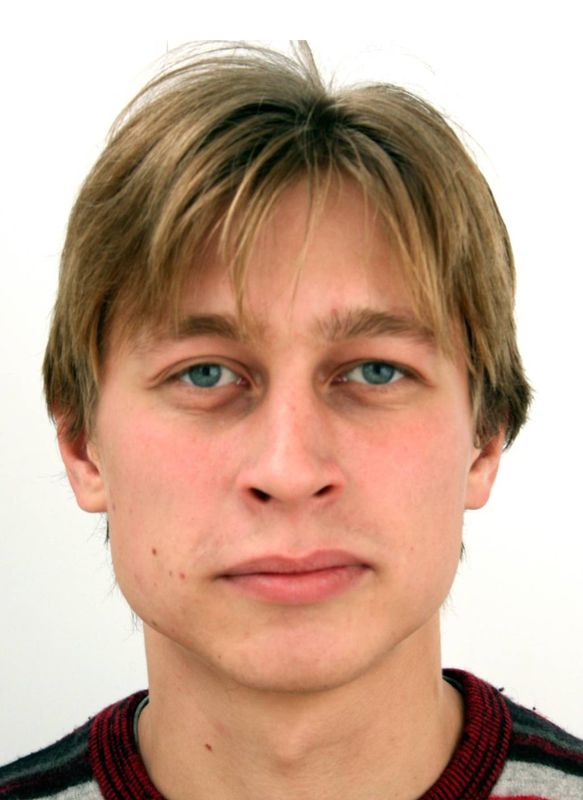 |
 |
| Nikita Ershov, Institute of Cytology and Genetics of SB RAS, Novosibirsk, Russia |
Dmitry Afonnikov, Institute of Cytology and Genetics of SB RAS, Novosibirsk, Russia |
Section “Regulatory genomics”
The “Regulatory genomics” section invites contributions that showcase new findings in genetics and molecular biology that emerge from the synergy between advanced high-throughput experimental technologies and innovative computational approaches, including the use of machine learning techniques.
Areas of interest encompass a wide range, including but not limited to:
- Gene regulation studies in pro- and eukaryotes through bioinformatics analysis of high-throughput omics experiments, including single-cell genomics and transcriptomics;
- Bioinformatics algorithms for genome and transcriptome assembly and annotation, and computational studies of gene regulatory elements;
- Databases and atlases of molecular phenotypes of cells, tissues, and organisms;
- Studies of gene regulation in medical genetics and agricultural.
 |
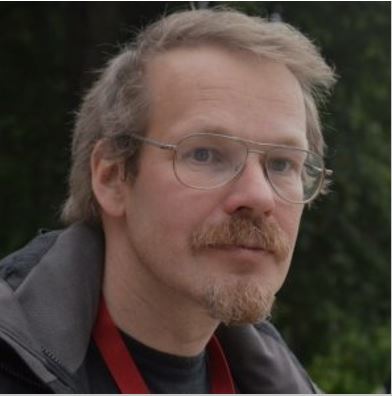 |
| Ivan Kulakovsky, Institute of Protein Research, Pushchino; Vavilov Institute of General Genetics, Moscow; Kazan Federal University |
Vsevolod Makeev, Vavilov Institute of General Genetics, Russian Academy of Sciences, Moscow Institute of Physics and Technology, Moscow, Russia |
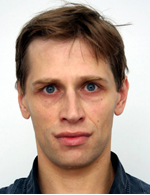 |
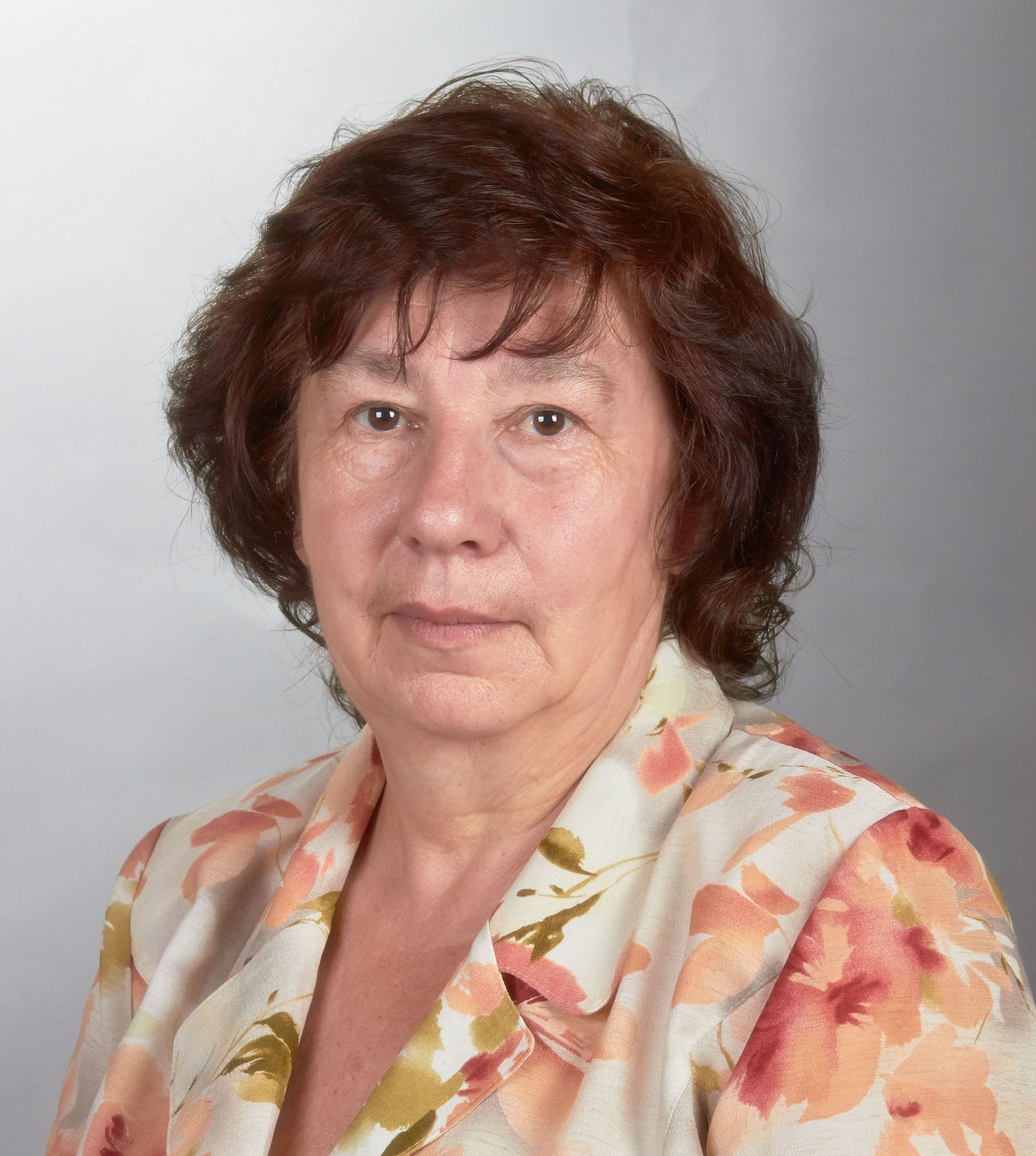 |
| Victor Levitsky, FRC Institute of Cytology and Genetics, Siberian Branch, Russian Academy of Sciences, Novosibirsk, Russia |
Tatyana Merkulova, FRC Institute of Cytology and Genetics, Siberian Branch, Russian Academy of Sciences, Novosibirsk, Russia |
Section “Fundamental and Applied 3D Genomics”
The central issue of the section “Fundamental and applied 3D genomics” of Symposium “Genomics, transcriptomics and bioinformatics” is a discussion of the mechanisms of chromatin folding and their significance from the point of view of transcription regulation, DNA damage repair, cell division, formation and maintenance of the mechanical properties of the nucleus. In addition to fundamental issues, the section will focus on applied and methodological aspects of 3D genomics, and the development of new computational and experimental approaches. The section will also highlight an important topic: the use of technologies for capturing chromosome conformation in medical genetic research and for the purpose of assembling and annotating genomes.
 |
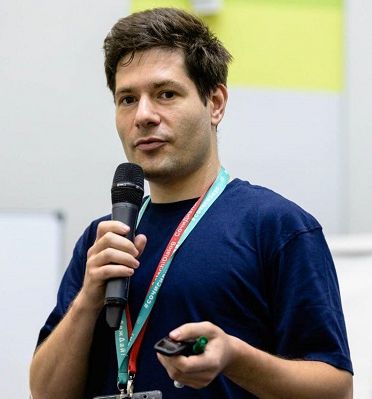 |
 |
| Alexander Graphodatsky, Institute of Molecular and Cellular Biology, Novosibirsk, Russia |
Veniamin Fishman, Institute of Cytology and Genetics of SB RAS, Novosibirsk, Russia |
Nariman Battulin, Institute of Cytology and Genetics of SB RAS, Novosibirsk, Russia |
Section “Whole-genome transcriptomics (differential gene expression)”
Section “Genome-Wide Transcriptomics (Differential Gene Expression)” of the Symposium “Genomics, transcriptomics and bioinformatics” will discuss genome-wide transcriptomic profiling through high-throughput sequencing methods such as RNA-seq and related approaches. We will explore bioinformatics methods for data processing and analysis, highlighting new techniques that enable groundbreaking insights. We welcome contributions on:
- Next Generation Sequencing (NGS)
- Alternative Splicing
- Discovery of SNPs (Single Nucleotide Polymorphisms) and Indels (Insertions and Deletions)
- Microarrays, including nucleic acid, protein, array CGH, genome tiling, and others
This section aims to foster discussions on innovative bioinformatics data processing methods that push the boundaries of current knowledge.
 |
 |
| Dmitry Oshchepkov, Institute of Cytology and Genetics of SB RAS, Novosibirsk, Russia |
Mikhail Ponomarenko, Institute of Cytology and Genetics of SB RAS, Novosibirsk, Russia |

